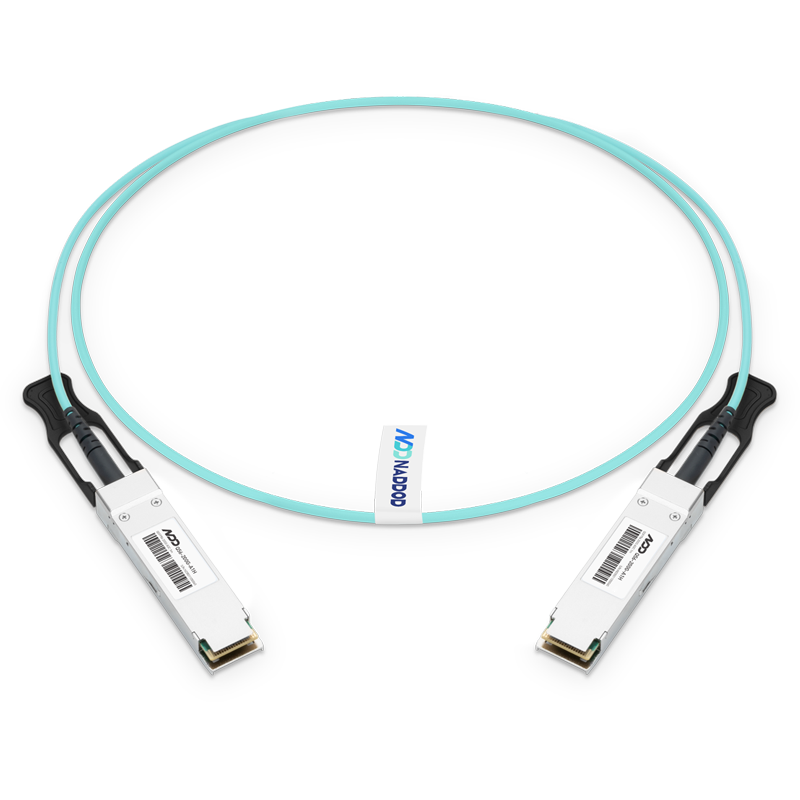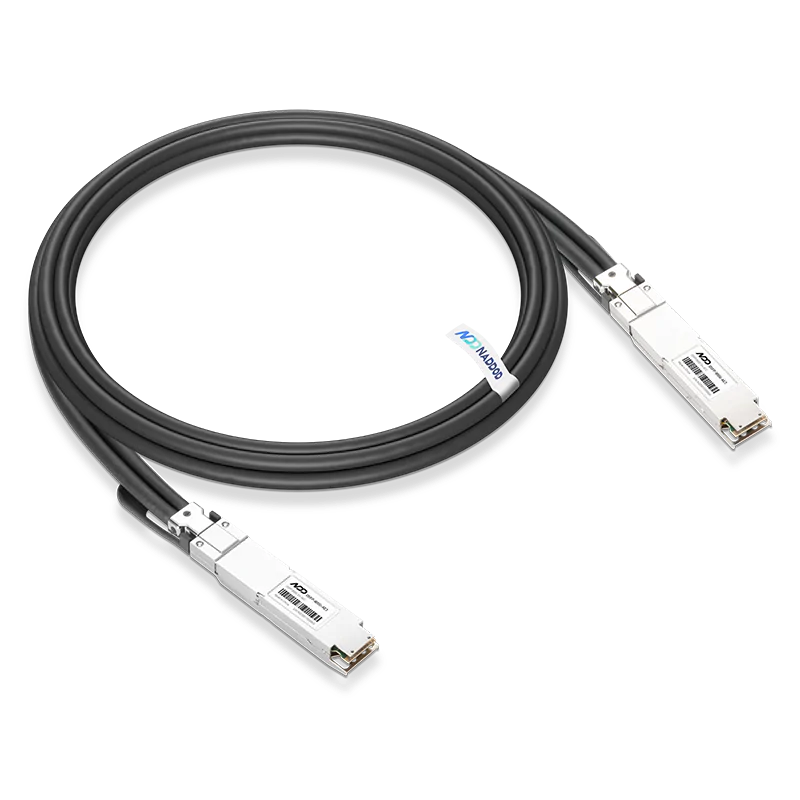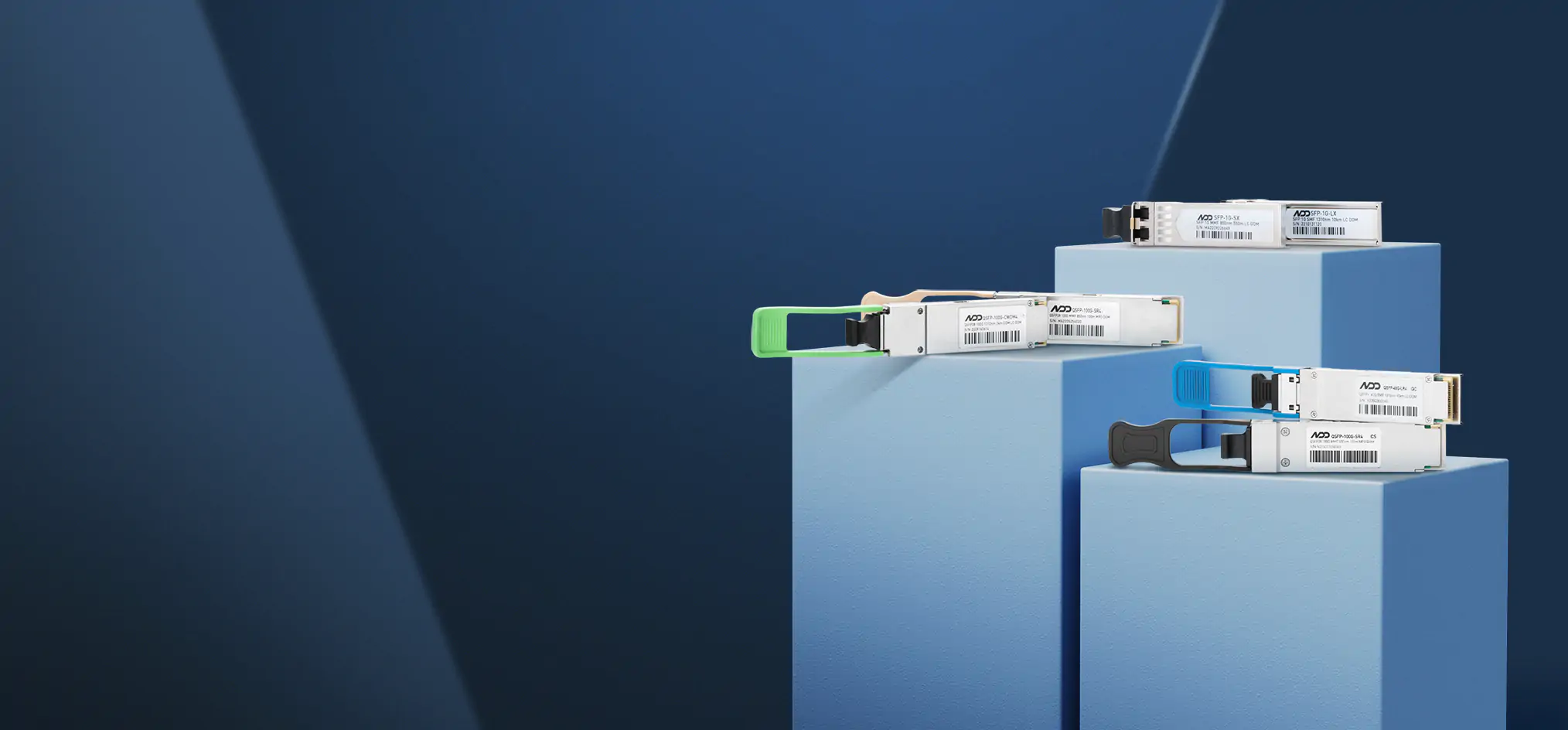In the rapidly evolving field of optical communication, new challenges and demands are constantly emerging, spurring the development of advanced optical module technologies.
- The expansion of data centers, especially those supporting AI workloads, has created a growing need for optical modules that offer higher bandwidth, lower power consumption, and smaller form factors. The current generation of optical modules often struggles with bandwidth bottlenecks when transmitting vast amounts of data, making it difficult to meet the increasing demands of modern digital infrastructure.
- Another key challenge is ensuring signal quality over long distances. As optical signals travel, they can degrade due to attenuation and distortion, which threatens the stability and reliability of communication networks.
- Cost is an ever-present factor. Traditional optical modules come with high manufacturing and maintenance expenses, limiting their scalability for widespread adoption in more environments.
To tackle these challenges, several cutting-edge technologies have emerged. Silicon photonics (SiPh) offers a high degree of integration and cost-effectiveness, helping to enhance optical module performance while driving down costs. Coherent technology facilitates long-distance, high-speed transmission with exceptional signal quality. Linear drive pluggable optics (LPO) aim to reduce both power consumption and overall cost, while half-retimed linear optics (LRO) work to stabilize signal transmission. Lastly, co-packaged optics (CPO) is poised to revolutionize optical communication by tightly integrating optical and electrical components for enhanced overall performance.
Silicon Photonics (SiPh) Technology
Silicon photonics is considered one of the most promising future technologies for optical modules. By leveraging existing CMOS manufacturing processes, silicon photonics uses silicon-based substrates to integrate optical components with high precision. While current challenges include yield rates and optical losses, SiPh technology is particularly advantageous in short-range applications and coherent optics, where its cost savings and high integration levels could help make it a dominant solution as data center networks upgrade to 400G and beyond.
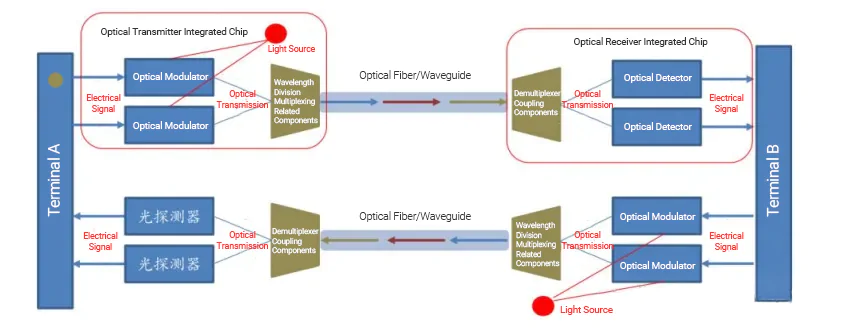
Coherent Technology
Data center interconnects (DCI) typically rely on either direct detection or coherent detection technologies, depending on the required transmission distance. Coherent detection, known for its higher capacity and superior signal-to-noise ratio, is ideal for long-distance DCI applications within metropolitan networks, while direct detection is better suited for shorter-range connections.
As single-channel transmission rates increase, coherent optical transmission technology is becoming increasingly common in modern optical communication, extending from the backbone into metro and even edge access networks. Coherent optical modules, such as the 400G and 800G variants, are essential for high-quality DCI interconnectivity between data centers.
NADDOD offers a range of coherent optical modules, including the 400G QSFP-DD ZR and 400G QSFP-DD ZR+ models, which are designed to deliver superior performance for DCI, metro, and long-haul applications, providing customers with high-quality solutions tailored to their network's specific needs.
Linear Drive Pluggable Optics (LPO)
LPO technology simplifies optical module design by eliminating traditional DSP (digital signal processing) and CDR (clock and data recovery) chips. Instead, LPO modules retain high-linearity drivers (Driver) and trans-impedance amplifiers (TIA), which incorporate continuous time linear equalization (CTLE) and equalization (EQ) functionalities. This streamlined approach significantly reduces power consumption and latency, though it may come at the cost of increased error rates and shorter transmission distances.
According to industry data, standard 800G multimode optical modules equipped with DSPs can consume over 13W, whereas 800G LPO modules utilizing MACOM PURE DRIVE technology reduce this to less than 4W. LPO is particularly well-suited for short-range applications, such as server-to-switch connections within data center racks or between adjacent racks.
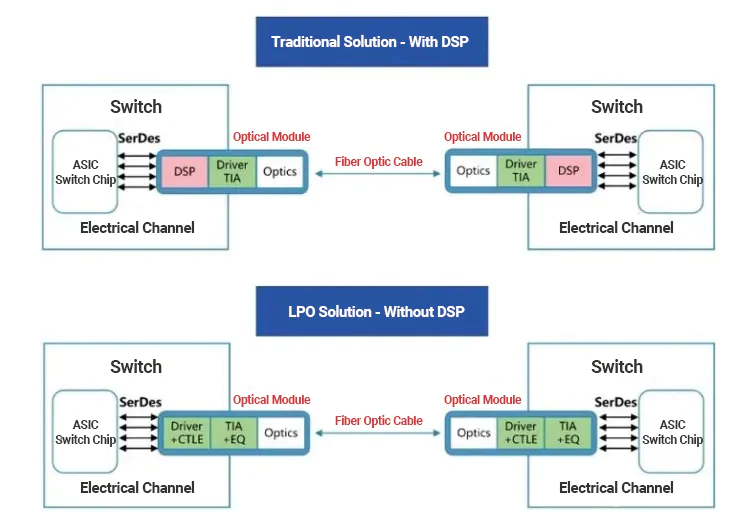
Although LPO has garnered attention for its power efficiency and reduced latency since its debut at OFC 2023, its standardization is still in the early stages. Interoperability challenges remain, and enterprises adopting LPO will need sufficient technical expertise to establish specifications and thoroughly test device and module interoperability.
Half-Retimed Linear Optics (LRO)
Half-retimed linear optics (LRO), also known as "HALO" (Half-Retimed Linear Optics), optimize the optical transceiver architecture by placing a DSP for signal retiming and equalization in the transmission path from the electrical input to the optical output in LRO transceivers or AOCs, while maintaining a linear design on the receiving end. This approach reduces power consumption while ensuring interoperability and compliance with industry standards. LRO serves as a transitional technology between traditional optical modules and LPO, offering a balance between performance and power efficiency.

Co-Packaged Optics (CPO)
Co-packaged optics (CPO) refers to the integration of switch ASIC chips and silicon photonics engines (optical devices) on the same high-speed board. This design reduces signal attenuation, power consumption, and cost while achieving a high level of integration. Though CPO development is still in its infancy and industry standards are yet to be fully established, its mature application could bring significant changes to the optical module ecosystem.
Silicon photonics technology can be used in both traditional pluggable optical modules and CPO solutions. As 800G transmission rates become more prevalent, the penetration of silicon photonic packaging is expected to increase. While CPO is still in the exploratory stage, as data rates approach 1.6T, traditional pluggable modules may reach their limits, leading to a future shift towards CPO and coherent solutions.
At NADDOD, we offer a diverse array of optical transceivers and cables for AI networking, HPC, and edge computing environments. Our lineup includes cutting-edge silicon photonics transceivers, as well as high-performance coherent modules, all designed to deliver superior reliability and scalability for your network. Contact our team of experts today to discover tailored solutions that meet the unique demands of your infrastructure.

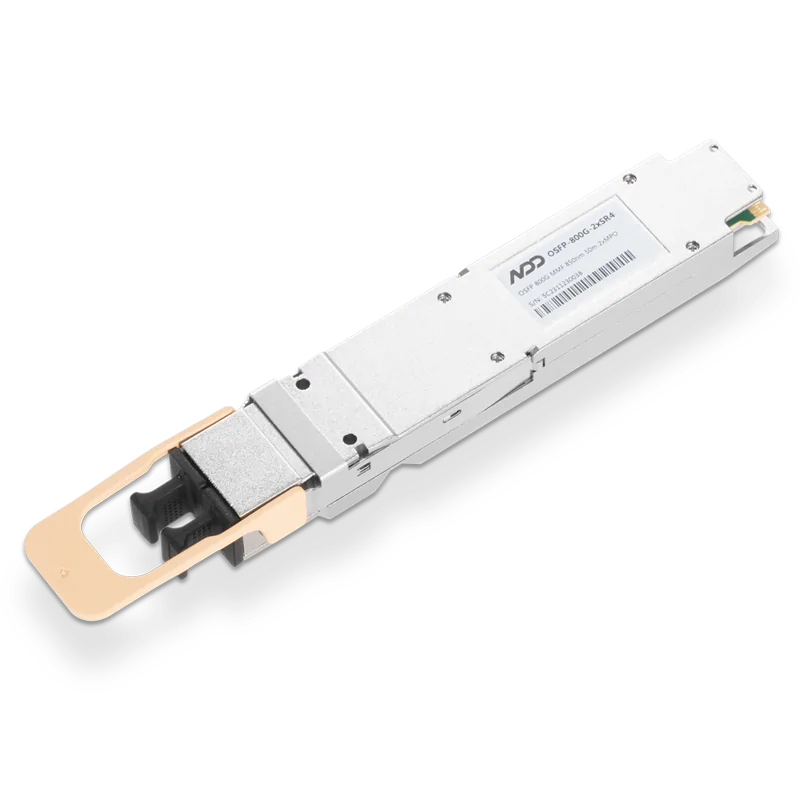 800GBASE-2xSR4 OSFP PAM4 850nm 50m MMF Module
800GBASE-2xSR4 OSFP PAM4 850nm 50m MMF Module- 1NADDOD 400G QSFP-DD Coherent Modules: A Deep Dive
- 2Comparing AOC, DAC, ACC, and AEC Cables for AI and Data Center Networks
- 3High-Speed Coherent Modules: DCO and ACO
- 4NADDOD 1.6T XDR Infiniband Module: Proven Compatibility with NVIDIA Quantum-X800 Switch
- 5Vera Rubin Superchip - Transformative Force in Accelerated AI Compute




